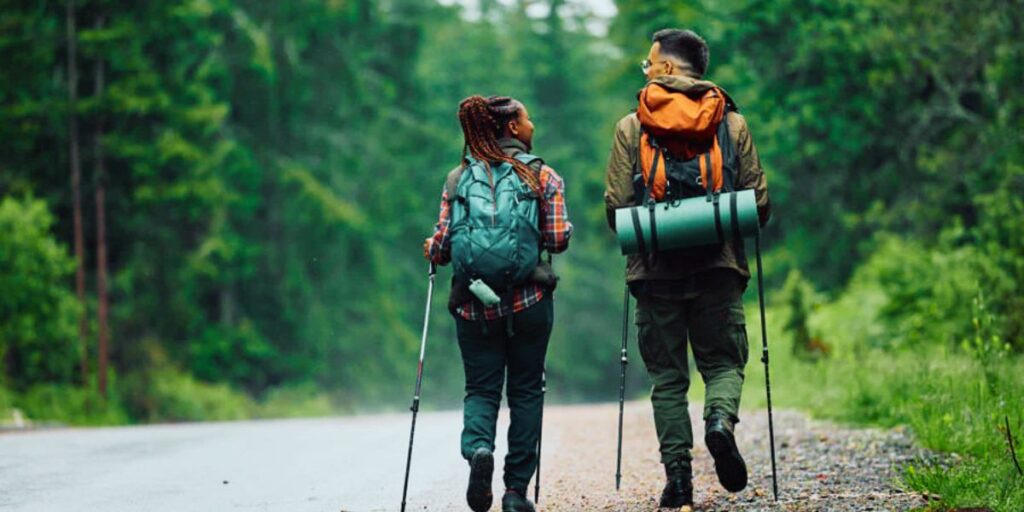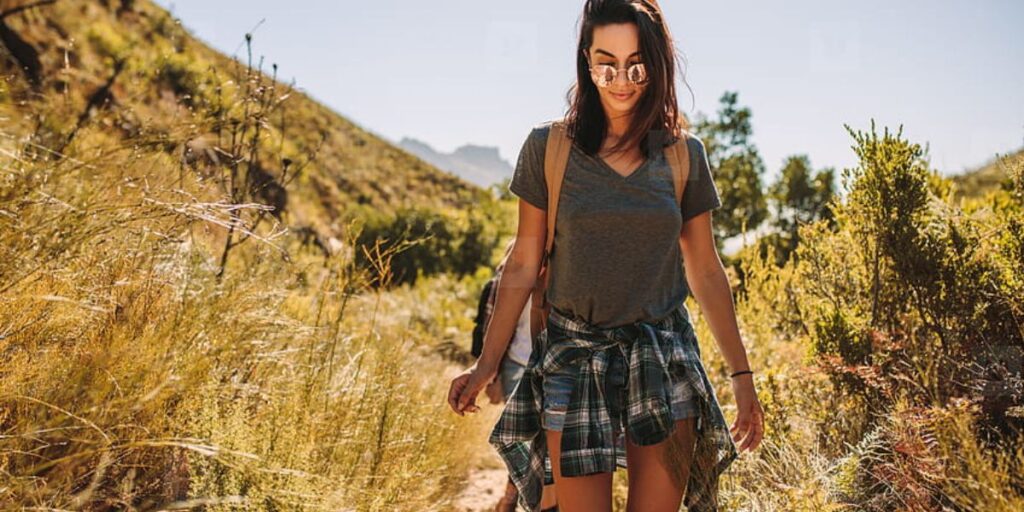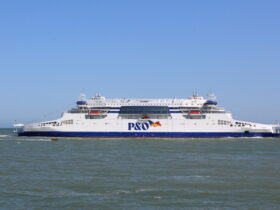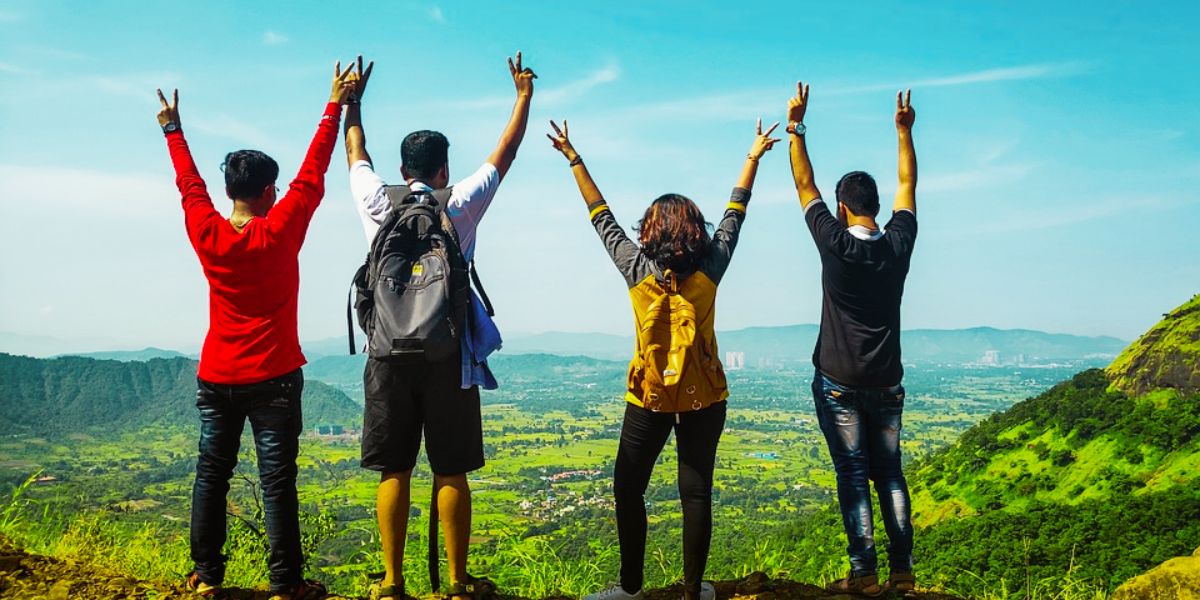Planning a trekking adventure with friends can be one of the most rewarding experiences, offering not just the thrill of exploring nature but also the chance to strengthen bonds and create unforgettable memories. However, a successful trek requires thorough planning, coordination, and preparation. This blog will guide you through the essential steps for organizing a trekking trip with friends, ensuring that you’re well-prepared for an enjoyable and safe adventure.
1. Choosing the Right Trek
The first step in planning your trekking adventure is selecting a trek that suits everyone in the group. When choosing a trek, consider the following:
- Fitness Levels: Not everyone may be at the same fitness level, so it’s important to choose a trek that is suitable for the least experienced or fit member of the group. Research the difficulty level, distance, altitude, and terrain of various treks.
- Interests: Make sure the trek offers something for everyone. Some might prefer a scenic route with beautiful landscapes, while others might seek challenging trails with a higher altitude. Discuss preferences within the group and select a trek that caters to the majority.
- Season and Weather: The timing of your trek is crucial. Research the best seasons for trekking in your chosen destination, considering factors like temperature, rainfall, and snowfall. Some treks might be more challenging or even dangerous in certain seasons, so plan accordingly.
- Location and Accessibility: Consider the proximity of the trekking location to your starting point, as well as the accessibility of the trailhead. Some treks might require long drives or even flights, so factor in travel time and costs.
2. Formulating a Budget
Budgeting is a crucial aspect of planning any group activity, and trekking is no different. A clear budget ensures that everyone is on the same page and helps avoid misunderstandings later on.
- Costs to Consider: Include expenses such as transportation, accommodation, food, permits, guide services, and equipment rental or purchase. Don’t forget to factor in emergency funds and travel insurance.
- Group Contributions: Decide early on how expenses will be shared. Some groups prefer splitting all costs equally, while others may allocate specific expenses to individuals. Make sure everyone agrees on the budgeting method.
- Tracking Expenses: Use apps or spreadsheets to track all expenses and contributions. This helps in transparency and ensures that no one feels overburdened.

3. Preparing Physically and Mentally
Trekking can be physically demanding, and it’s important that everyone in the group is prepared. Physical preparation will enhance the experience and reduce the risk of injury.
- Training Regimen: Start training at least a few weeks before the trek. Focus on building stamina, strength, and flexibility. Regular cardio exercises like running, cycling, or swimming, coupled with strength training, will prepare your body for the demands of trekking.
- Acclimatization: If your trek involves high altitudes, consider doing some acclimatization hikes beforehand. This will help your body adjust to the lower oxygen levels and reduce the risk of altitude sickness.
- Mental Preparation: Trekking can be mentally challenging, especially during long or difficult stretches. Prepare yourself and your friends for the mental demands of the trek. Discuss potential challenges and how to stay motivated as a group.
4. Packing Essentials
Packing for a trek requires careful consideration. Carrying too much can weigh you down, while forgetting essential items can create unnecessary challenges.
- Clothing: Layering is key when trekking. Pack moisture-wicking base layers, insulating mid-layers, and a waterproof outer layer. Don’t forget a hat, gloves, and extra socks. Choose clothing that is lightweight, quick-drying, and comfortable.
- Footwear: Invest in a good pair of trekking boots that are broken in before the trip. Blisters can ruin a trek, so make sure your boots fit well and are suitable for the terrain.
- Backpack: A well-fitted backpack with a capacity of 30-50 liters is generally sufficient for most treks. Ensure it has a rain cover and enough compartments to organize your gear.
- Food and Water: Carry high-energy snacks like nuts, energy bars, and dried fruits. Depending on the trek’s length and location, you may need to carry water or use a water purification method like a filter or tablets.
- Navigation and Communication: A map, compass, and GPS device or smartphone with offline maps are essential. Ensure someone in the group has a way to communicate in case of emergencies, like a satellite phone or radio if you’ll be in a remote area.
- First Aid and Emergency Kit: Pack a basic first aid kit with bandages, antiseptics, pain relievers, and any personal medications. Include an emergency whistle, a space blanket, and a multi-tool.
5. Assigning Roles and Responsibilities
Trekking with friends is more enjoyable when everyone contributes. Assigning roles can help ensure that everything runs smoothly and reduces the burden on any one person.
- Leader/Organizer: This person coordinates the planning and ensures that everyone is informed about the itinerary, packing lists, and any changes.
- Navigator: The navigator is responsible for keeping the group on the right path, using maps, GPS, or guidebooks. It’s crucial to have someone who is comfortable with map reading and route finding.
- Cook: If your trek involves camping, assigning someone to plan and manage meals can streamline the process. This person should coordinate food supplies and cooking gear.
- Safety Officer: This person ensures that the first aid kit is complete, knows basic first aid, and is prepared to manage any emergencies. They should also be aware of the evacuation routes and procedures in case of an emergency.
6. Communication and Teamwork
Clear communication is key to a successful trek, especially when challenges arise. Make sure everyone is comfortable expressing concerns and discussing plans.
- Pre-Trek Meetings: Hold a few planning meetings before the trek to discuss the itinerary, packing lists, and any concerns. This ensures that everyone is on the same page.
- On-Trek Communication: Establish clear signals or codes for common situations, like when to stop for a break or when someone needs help. This is especially important in areas where shouting might not be practical due to distance or noise.
- Conflict Resolution: Spending extended periods in close proximity can sometimes lead to tension. Discuss how the group will handle disagreements or conflicts that may arise during the trek. Encourage an open and respectful approach to resolving any issues.

7. Respecting Nature and Local Cultures
Trekking often takes you through fragile ecosystems and areas with rich cultural heritage. It’s important to respect the environment and local communities.
- Leave No Trace: Follow the Leave No Trace principles by packing out all your trash, minimizing campfire impact, and respecting wildlife. Stick to established trails to avoid damaging vegetation.
- Cultural Sensitivity: Be respectful of local customs and traditions. If your trek passes through villages or sacred sites, take the time to learn about the local culture and ask permission before taking photos.
- Supporting Local Economies: Consider hiring local guides or porters, and purchase supplies from local businesses. This supports the local economy and provides you with valuable insights into the area.
8. Reflecting on the Experience
After the trek, take some time to reflect on the experience with your friends. Share photos, stories, and lessons learned. This not only helps solidify the memories but also provides insights for future adventures.
- Group Debrief: Hold a post-trek debrief to discuss what went well and what could be improved for next time. This feedback is invaluable for planning future treks.
- Stay Connected: Keep in touch with your trekking group and plan future adventures together. The bonds formed on the trail often lead to lasting friendships and more shared experiences.
Conclusion
Planning a trek with friends is an exciting journey in itself. By carefully choosing the right trek, preparing physically and mentally, packing wisely, and fostering teamwork, you’ll set the stage for an adventure that everyone will cherish. Remember to respect nature, be open to the challenges and rewards of trekking, and most importantly, enjoy the journey together.

















Leave a Reply